Industrial Real Estate: Investment Capital is Shifting to Tier 2 Market
Investment capital is shifting to the secondary market and developing green industrial parks is a prominent trend that will reshape the industrial real estate market in the coming time.
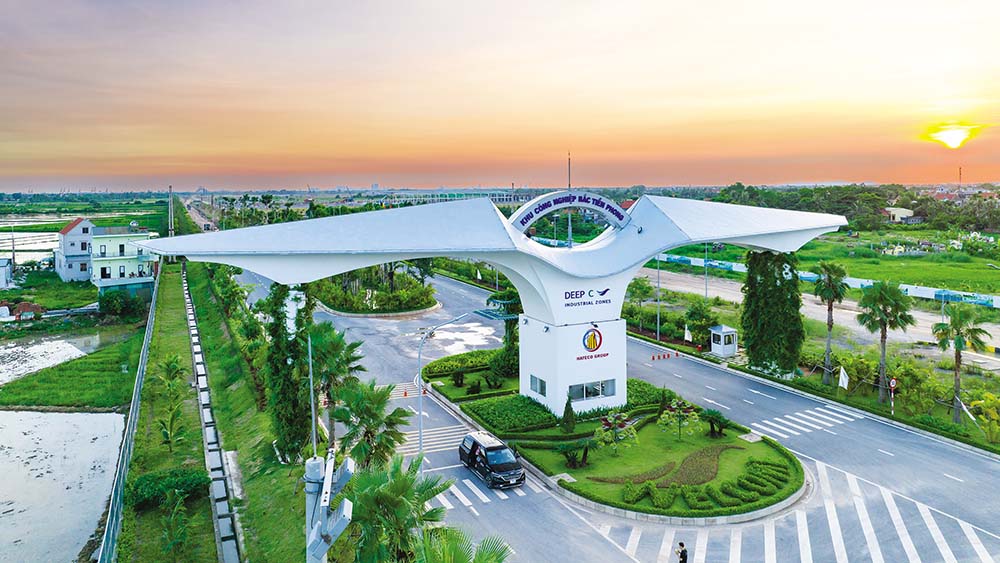 |
| Industrial parks that meet ESG (environmental, social and governance) standards have an advantage in attracting investment. Photo: Huy Dung |
Secondary market attracts FDI capital
Although the Vietnamese economy faces many challenges in 2023, according to Ms. Duong Thuy Dung, CEO of CBRE Vietnam, industrial real estate still achieves positive results.
Specifically, the occupancy rate of industrial parks in tier 1 markets (large markets such as Hanoi, Ho Chi Minh City, Dong Nai, Binh Duong , Long An) is positive. Manufacturers from many countries continue to expand their operations strongly in the North and South, the average occupancy rate of industrial parks in the two regions is 81% and 92% respectively.
Industrial land absorption in the Northern market reached a five-year high of over 800 hectares, up 37% from 2022. Due to the relatively limited industrial land fund, the Southern market had a 32% lower absorption area than in 2022, reaching about 500 hectares. In addition to electronics, automobile and accessory manufacturers, tenants from new industries in the high-tech sector such as electric vehicle manufacturing, semiconductors, and green materials are also very interested in the Vietnamese market.
Notably, although the primary market is still dominant, in a recent assessment report, MB Securities Company (MBS) recognized that investment capital is shifting to the secondary market (provinces neighboring major markets).
The strategy of developing more green and smart industrial parks will contribute to Vietnam's sustainable growth, ensuring stable FDI attraction.
In the North, foreign direct investment (FDI) flows tend to flow to secondary markets such as Quang Ninh, Bac Giang , and Thai Nguyen. In recent times, these provinces have achieved very positive results in attracting FDI. For example, in Quang Ninh, a typical project is the Jinko Solar Photovoltaic Cell Technology Complex with an investment capital of 1.5 billion USD; in Bac Giang, the Hana Micron Vina 2 Semiconductor Manufacturing Factory Project stands out; and in Thai Nguyen, Samsung Group continues to increase its investment capital by another 1.2 billion USD...
The proportion of FDI capital inflows into the secondary market in the North increased from 20% in 2018 to 53% in 2023. The reason is that the rental price of industrial land in the secondary market is 20% lower than that of the primary market, and there is still a lot of industrial land for lease (the average occupancy rate of industrial land in the secondary market is only 64%).
In the South, the proportion of FDI capital inflows into the secondary market also increased from 21.6% in 2022 to 23.2% in 2023. Of which, Ba Ria - Vung Tau province attracted more than 1 billion USD in FDI capital, typically the Hyosung Vietnam Carbon Fiber and Materials Production Project, with an investment capital of 540 million USD; Binh Phuoc attracted more than 40 FDI projects with a total capital of 758 million USD...
Tier 2 markets in the South attract many FDI projects thanks to the advantage of large leasable industrial land area, the occupancy rate of tier 2 markets is only 63%, while tier 1 markets have reached 90% (HCMC, Binh Duong reached 95%; Dong Nai, Long An reached over 80%). In addition, land rental prices in tier 2 markets are only half of those in tier 1 markets.
Towards green industrial zones
Along with the shift of investment capital to the secondary market, developing green industrial parks to welcome new capital flows is forecasted to be the trend shaping the industrial real estate market in the coming time.
Mr. Andy Han Suk Jung, CEO of Filmore Real Estate Development Joint Stock Company, expects that FDI capital into Vietnam will continue to remain at a high level. According to Mr. Andy Han Suk Jung, Vietnam is facing a new wave of investment, after the Vietnam - US relationship was upgraded last year. Therefore, the strategy of developing more green and smart industrial parks will contribute to Vietnam's sustainable growth, ensuring the attraction of stable FDI capital flows.
According to MBS experts, traditional industrial parks are losing their competitive advantage. Instead, the trend of developing green industrial parks is attracting many investors towards sustainability. This is also a common trend in the world.
“In line with the general trend, Southeast Asian countries are focusing on attracting investment in green industries. In 2021 and 2022, the number of green projects increased by 12% and 21%, respectively. Indonesia attracts investment in the electric vehicle production chain, Singapore focuses on the semiconductor industry and 4.0 technology, Thailand develops the electronics industry, while Vietnam is still in the early stages of attracting green investment,” MBS commented.
In fact, although the number of green industrial parks has not yet exploded, the trend of forming green industrial parks is gradually becoming clear. Some investors are actively developing green industrial parks to attract investment capital. Recently, VSIP Industrial Park, Eco Logistics Center Project in Binh Duong of Frasers Property Vietnam has just received the Green Building Certification (LEED) from the US Green Building Council.
Some other industrial park projects that have also been granted LEED certification include the Core5 Hai Phong Project at Deep C2 Industrial Park (Hai Phong), the Logos Project at VSIP Bac Ninh, the RBW Project at Phu Tan Industrial Park (Binh Duong) and Xuyen A Industrial Park (Long An)...
Mr. Paul Tonkers, Deputy Director of Industrial Real Estate of Core5 Vietnam Company, acknowledged that investors are targeting high-value industries such as electronics, semiconductors, etc., so industrial park developers need to restructure services and products to better serve the needs of tenants, need to adjust and meet the requirements of ESG standards (environment, society and governance), integrate into long-term, sustainable development strategies such as carbon neutrality, saving electricity, water, etc.
Source


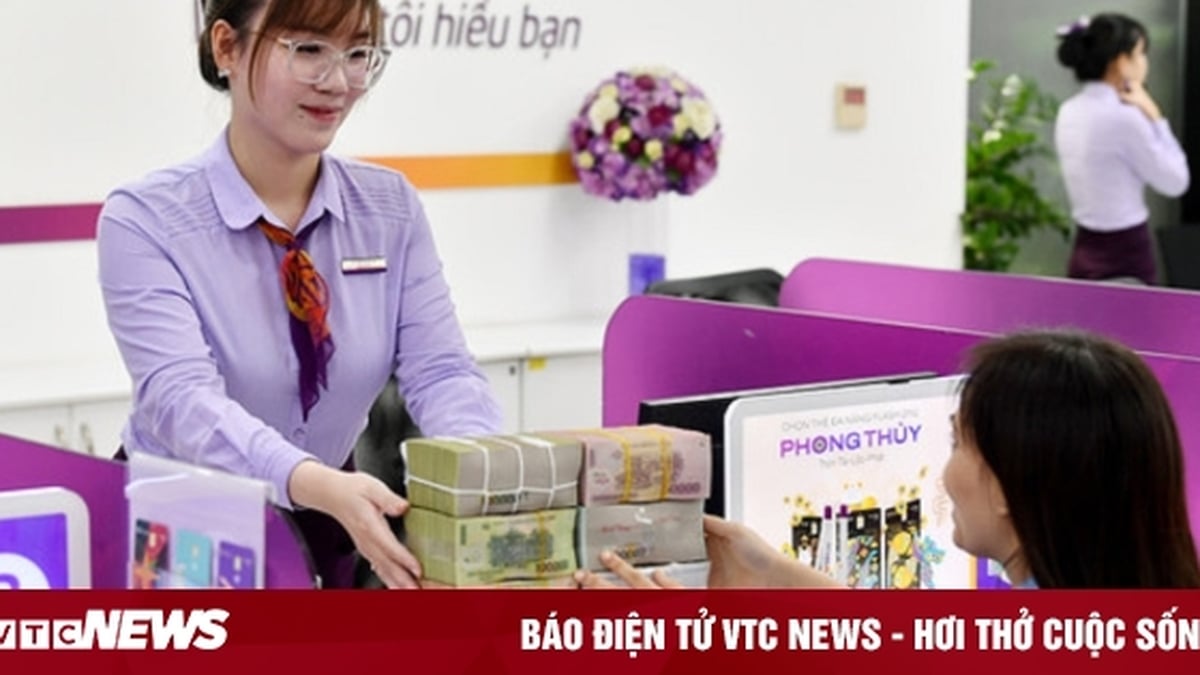
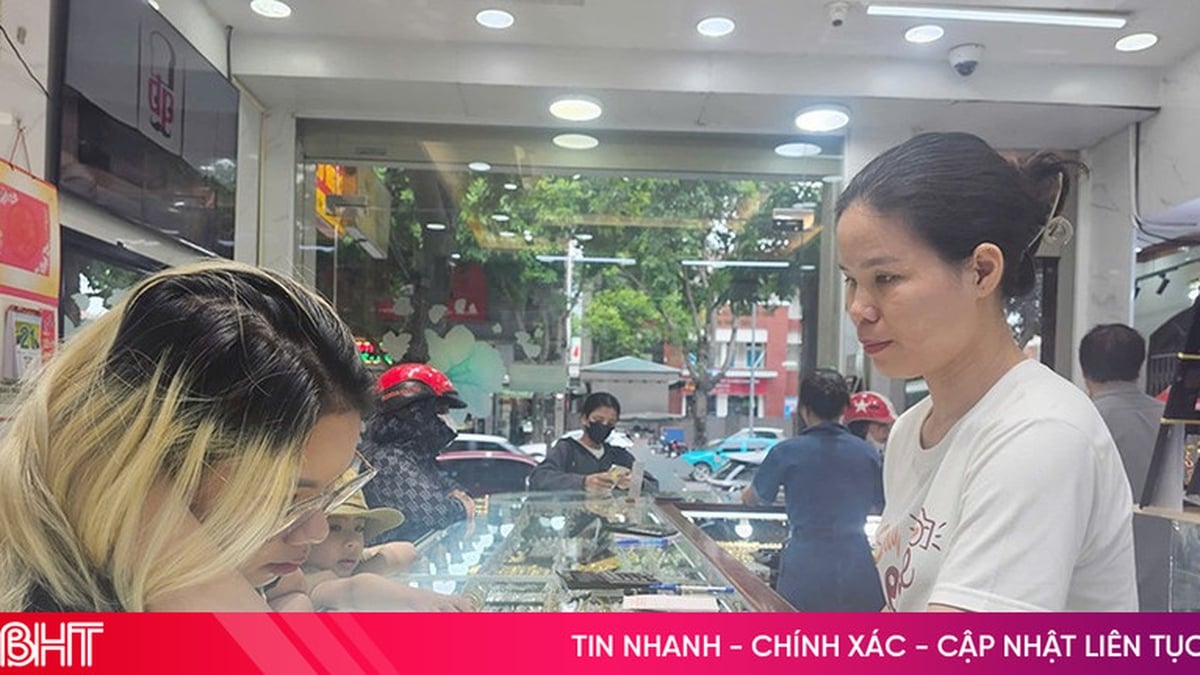


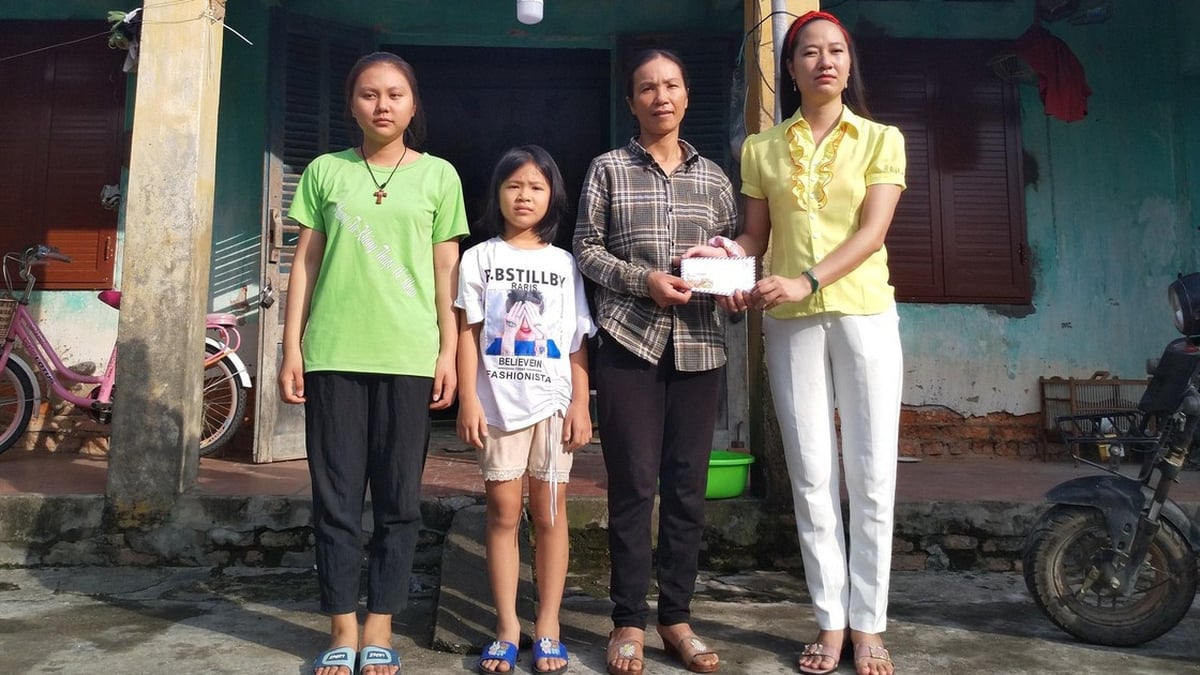
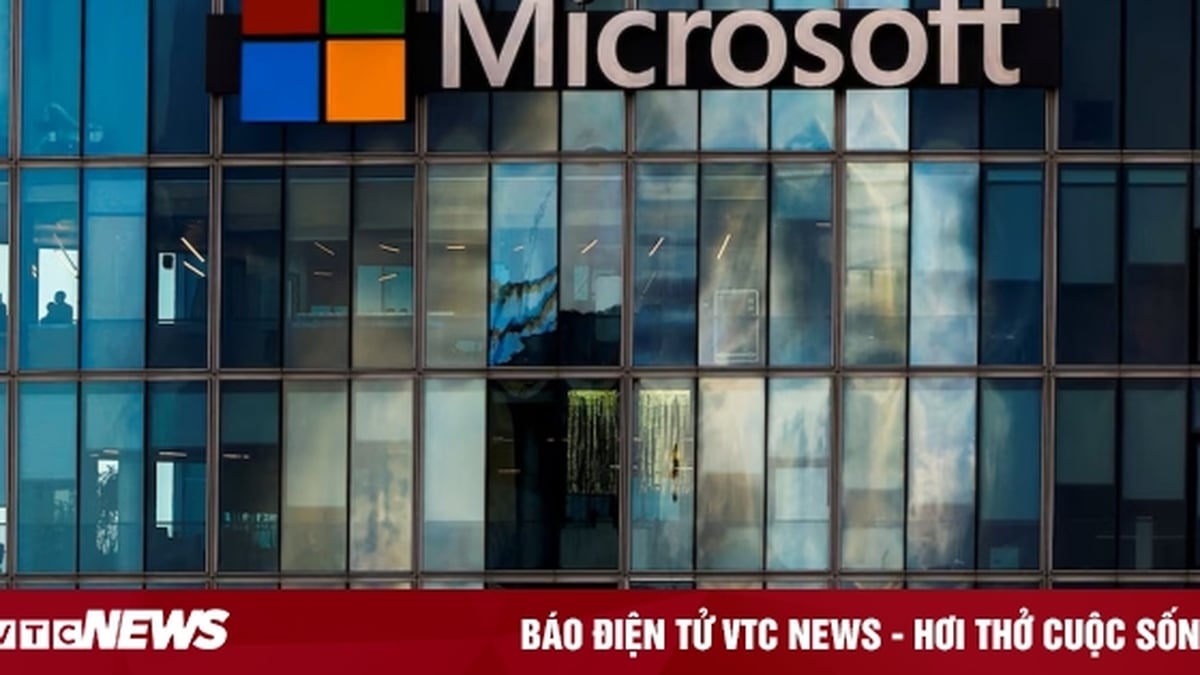

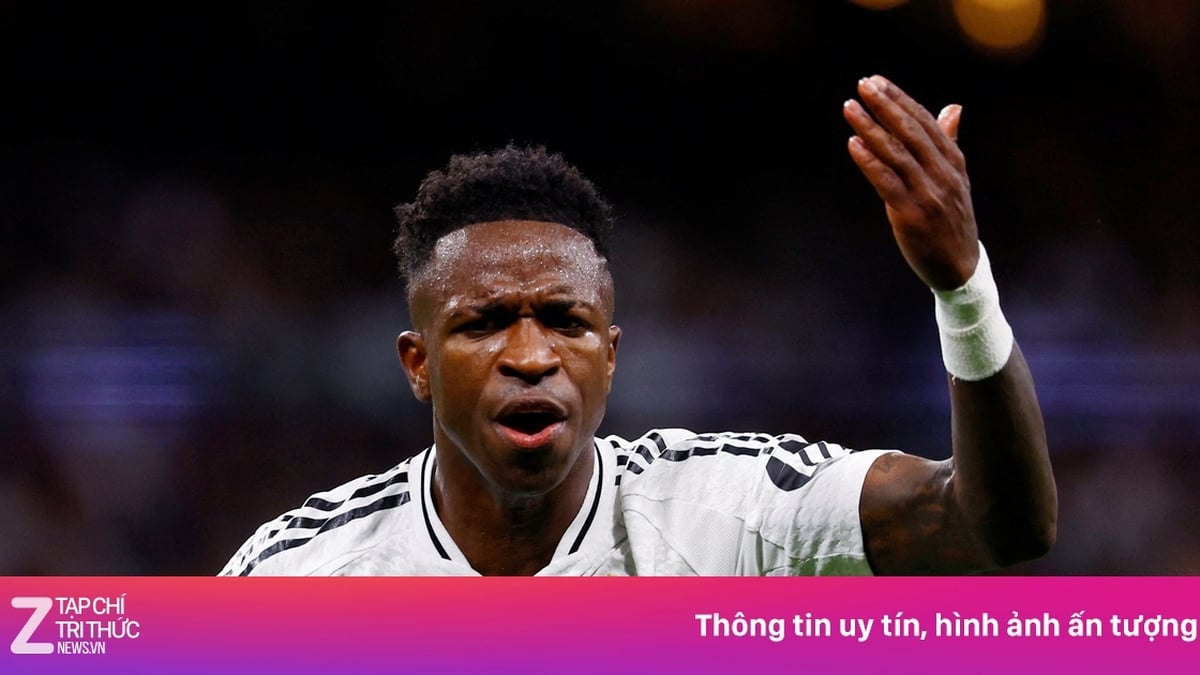
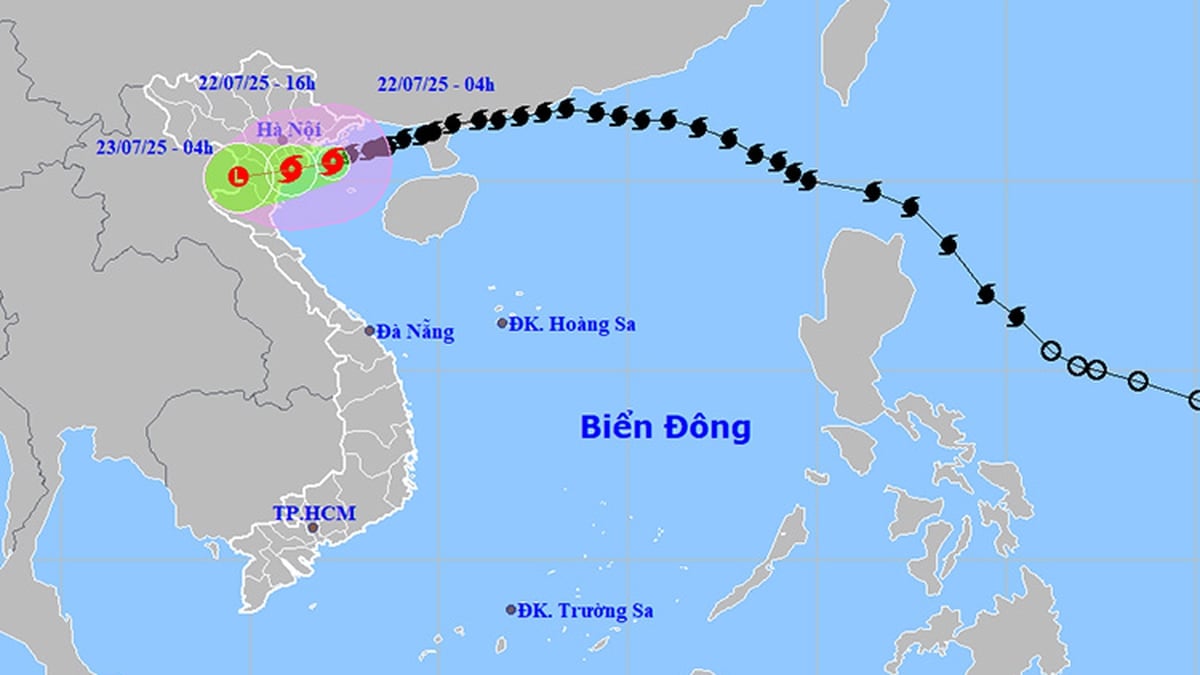















![[Photo] National Assembly Chairman Tran Thanh Man visits Vietnamese Heroic Mother Ta Thi Tran](https://vphoto.vietnam.vn/thumb/1200x675/vietnam/resource/IMAGE/2025/7/20/765c0bd057dd44ad83ab89fe0255b783)



















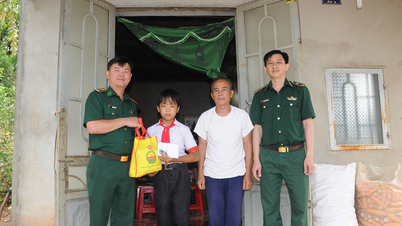




















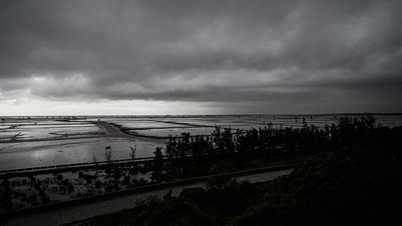

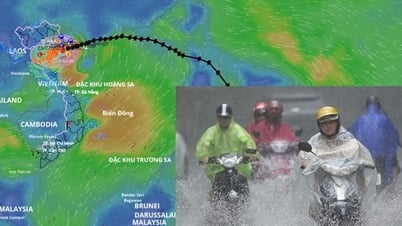

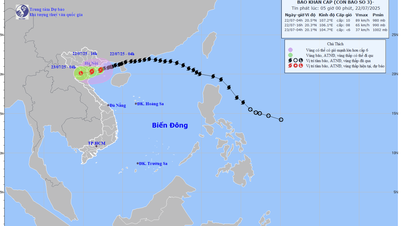

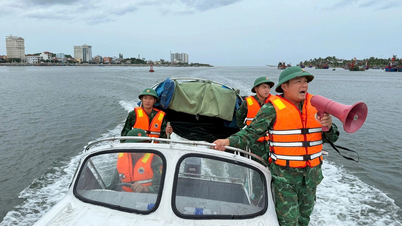
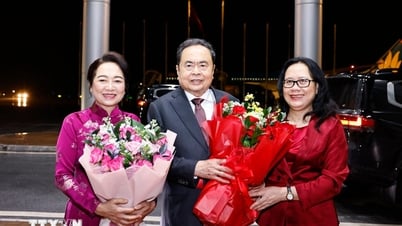
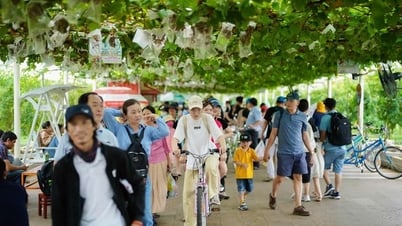

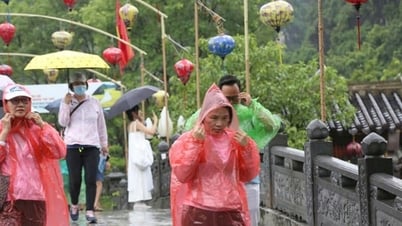
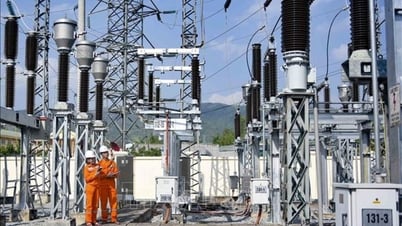

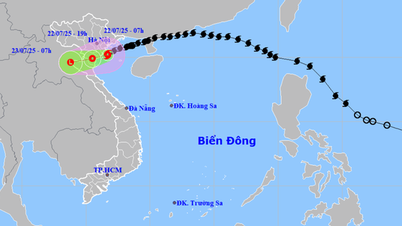

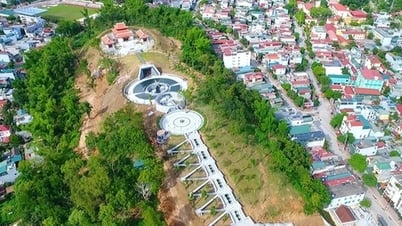





















Comment (0)